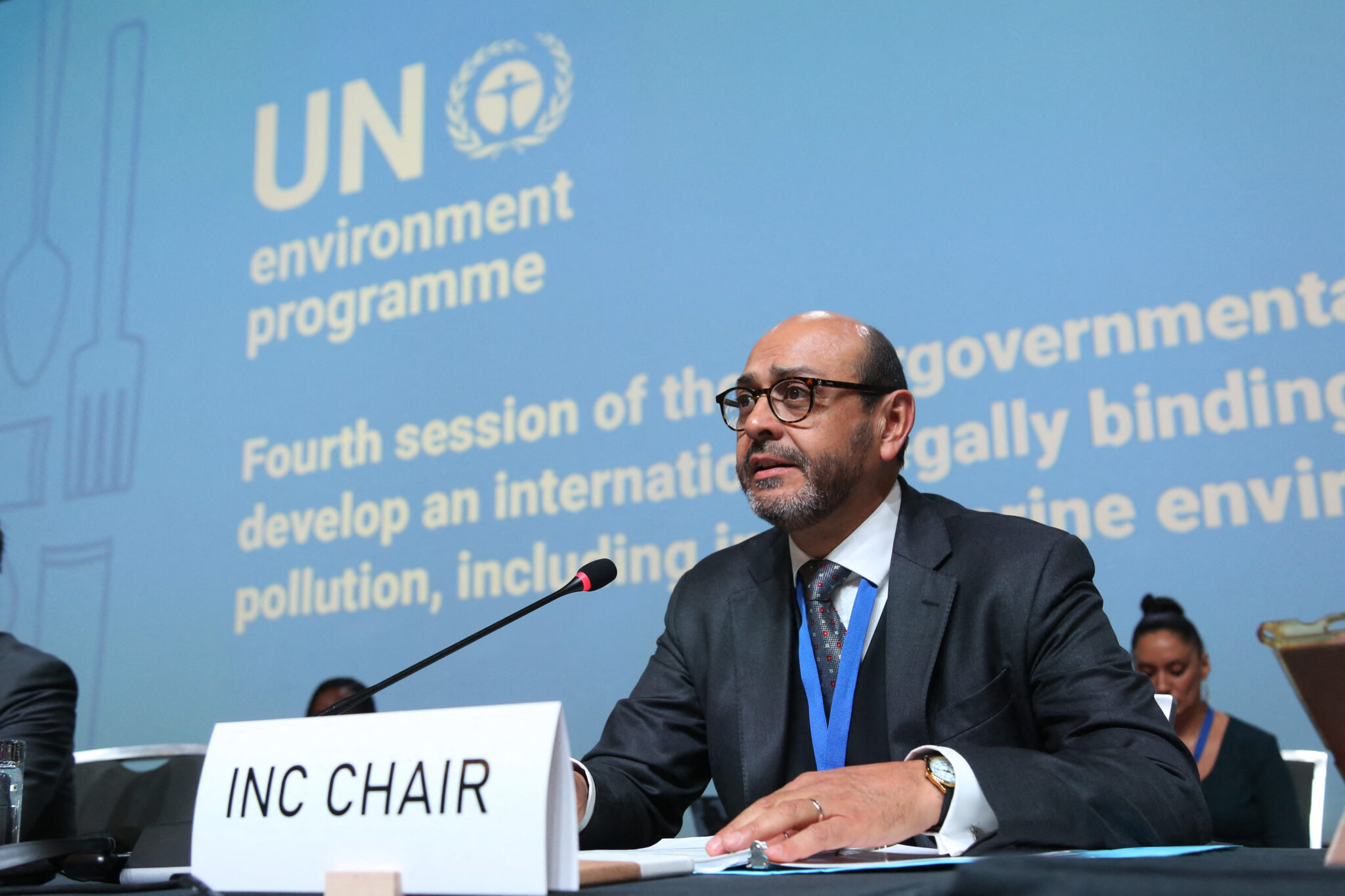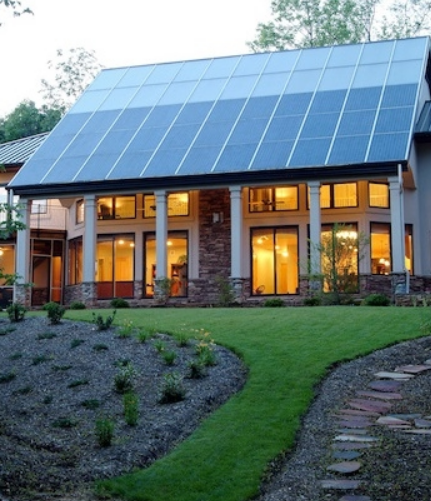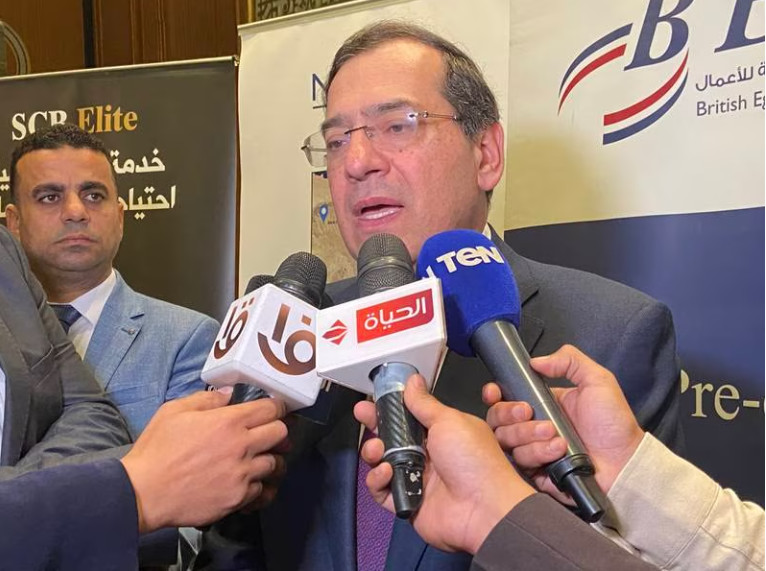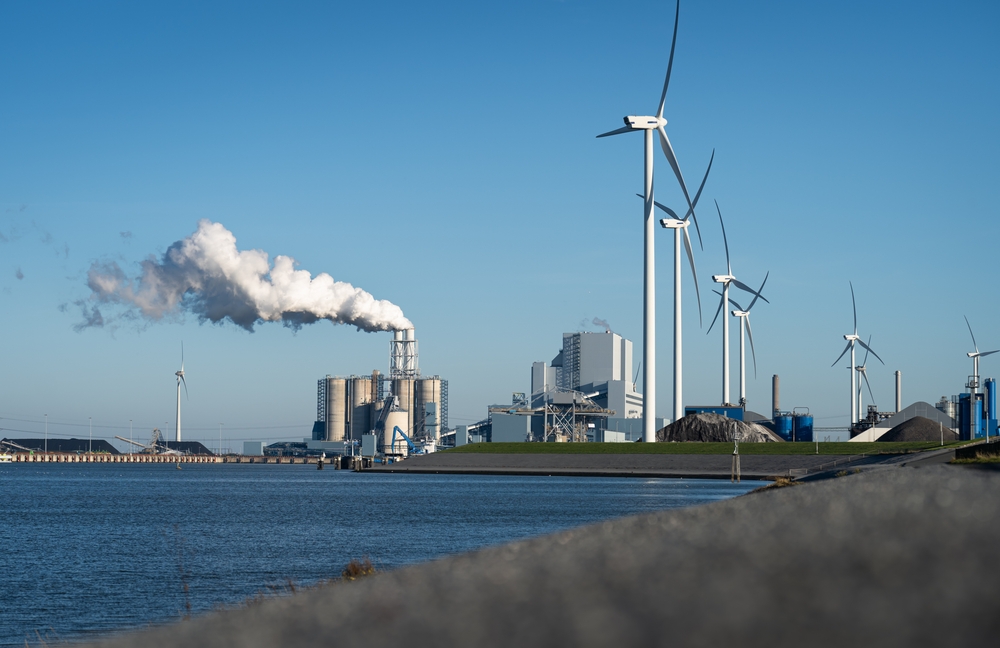The Tennessee Valley Authority (TVA) will pursue a first-of-its-kind pilot program at the Shawnee Fossil Plant in West Paducah, Kentucky, to determine if closed coal ash sites are suitable for utility-scale solar projects.
The self-funded U.S. corporate agency’s board on Nov. 10 unanimously approved a $216 million pilot project to explore repurposing the 1,071-MW coal-fired power plant’s 300-acre closed coal combustion residuals (CCR) unit site for up to 100 MW of solar generation. TVA said the project, the first of its type in the nation, could “potentially be duplicated at other suitable locations.”
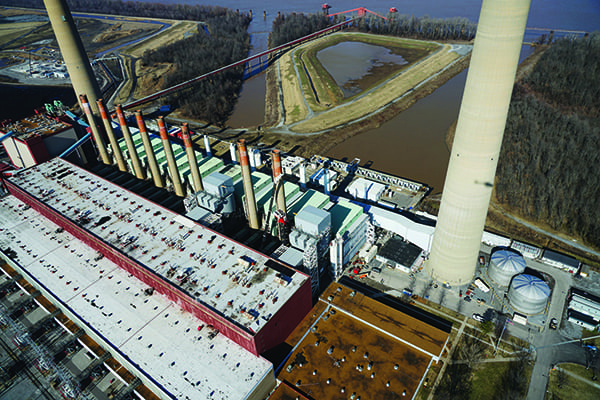
The Tennessee Valley Authority’s (TVA’s) Shawnee Fossil Plant in West Paducah, Kentucky, takes its name from the Shawnee Indian tribe. It has nine active generating units with a summer net capacity of 1,071-MW. The station—commissioned in 1957—was originally built with 10 units; however, Unit 10 was idled in 2010 and retired in 2014. Courtesy: TVA
Making the Most of Shawnee’s Patented Closure Cap System
While TVA recycles 39% of the coal ash it produces from its five active coal power plants—a total 25 generating units—it maintains 12 coal ash sites. TVA said it selected Shawnee, a plant with nine active units, for the proposed pioneering project because TVA is in the process of closing the plant’s coal ash site “in place” utilizing ClosureTurf. This patented closure cap system “is made up of a geosynthetic liner with a closure turf layer over top of the entire site,” Don Moul, TVA executive vice president and chief operating officer, told the TVA board on Nov. 10.
The Environmental Protection Agency (EPA) has determined “there are two equally protective methods for closing a coal ash site depending on the unique characteristics of the site: closure in place or closure by removal,” TVA told POWER on Nov. 11. “Closure ‘in place’ keeps the coal ash in its current location while reinforcing the safety and stability of the site by removing water, constructing protective barriers when necessary, and sealing it with a cap that prevents water infiltration.”
At Shawnee, “The turf provides the capability of a revolutionary new approach to solar on closed landfills and impoundments by directly attaching solar panels to the closure turf using a system that maintains the integrity of the closed site,” a TVA spokesperson explained.
The pilot 100-MW project is part of a larger TVA project, “Project Phoenix,” which could cement the utility’s capability to deploy the “revolutionary new approach” to install utility-scale solar on closed landfills and CCR impoundments, Moul said on Thursday. “Directly attaching the [solar] mounting mechanisms to the turf layer without penetrating the liner maintains the integrity of the closed CCR impoundment,” he told the board. “This makes available for us the potential to use similar sites across the TVA footprint,” he added. “And it affords us the ability to achieve our 2035 solar generation target of 10,000 MW.”
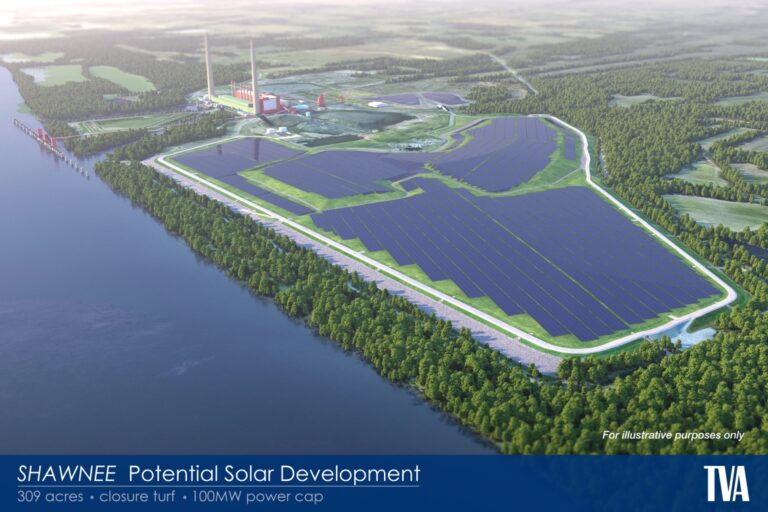
A $216 million, first-of-its-kind pilot program at Tennessee Valley Authority’s Shawnee Fossil Plant will explore the potential of developing a utility-scale solar project on a closed coal ash storage location, pending environmental reviews and regulatory approval. Source: TVA
Shawnee, however, is TVA’s first large-scale application of this type of closure system. “We are currently evaluating options for additional large-scale application of ClosureTurf as we work with our regulators on our closure plans for other coal ash sites,” the company told POWER. “We estimate the potential to utilize closure turf at several sites across the Tennessee Valley, with the potential to add up to 1,000 MW of solar to the TVA system.”
TVA said it is also in the process of evaluating a potential timeframe for the pilot at Shawnee. “At this time, it is premature to know a specific timeframe, but the process is underway,” it said. “The intent is to have initiated installation of the solar generation system within two years in parallel with completing the closure of the coal ash facility, pending regulatory and environmental review and approval.” TVA’s proposed actions “are contingent upon completion of all required and appropriate federal and state environmental reviews, including reviews required under the National Environmental Policy Act (NEPA), and meeting all appropriate permitting requirements,” it noted.
A Novel Approach to Repurposing Fossil Sites
The project is aligned with TVA intentions to repurpose its retired fossil sites as part of its decarbonization efforts. As Moul explained to the board on Thursday, Project Phoenix will support TVA’s stewardship and its sustainability goals, as well as allow it to alleviate land constraint challenges. “This also preserves existing greenspace in our footprint that could be used for future economic development,” he said.
“It expands the beneficial reuse of these sites, not just the CCR impoundment sites, to allow us to put solar generation facilities there, but it also provides the optionality based on the design of the closure turf system that, should beneficial reuse of this material become feasible in the future, we can go back and harvest it,” he said. “And, of course, co-locating solar generation on existing coal sites—or brownfield retired coal sites—lets us take advantage of the existing transmission infrastructure. In this case, the retired Shawnee Unit 10 gives us that capability,” Moul said.
TVA envisions “moving quickly” on the solar cap installation option to build out toward its renewable generation goals while balancing its affordability, reliability, and resiliency priorities, Moul said. “TVA, like others in the industry, are seeing very high levels of competition for new energy resources driven by market conditions but also by legislation, particularly in the renewables market,” he noted. Cost savings associated with land reuse poses a key benefit, he noted.
The utility’s next steps will comprise environmental reviews, project scoping, and long-term engineering and procurement actions. “We’re also going to evaluate the applicability of the relevant Inflation Reduction Act provisions for new investments in solar and how they apply to the TVA,” he said. TVA’s actions, however, will depend on the outcome of its permitting reviews. “Any actions taken prior to the completion of the [NEPA] process will not irreversibly irretrievably commit TVA to a particular course of action prior to a final decision,” Moul underscored.
TVA Exploring All Avenues Toward Decarbonization
The pilot project, notably, will also support TVA’s future plans as outlined in the Strategic Intent and Guiding Principles document “to help innovate new methods of decarbonizing the power system without impacting reliability, resiliency or low cost,” the company said.
Guided by the document, the company has ramped up its efforts to procure 5 GW of carbon-free power. On Thursday, TVA noted it has also optimized its existing nuclear fleet, which provides almost 40% of its seven-state region’s power, and is working on a grid-scale lithium-ion battery storage project. It is also exploring the use of clean hydrogen to generate power and lower its carbon emissions. The company said the pilot project will expand on TVA’s efforts to make its region “the national focal point for decarbonization by leading innovation efforts in new nuclear, renewable energy, electric vehicles, energy storage, and hydrogen.”
So far, the company has achieved a 57% reduction in its “mass” carbon emissions from 2005 levels. It is now on a path to an estimated 80% reduction by 2035 and its net-zero carbon “aspiration” by 2050, it said. How the company will proceed, however, may be determined by the results of a “Valley Decarbonization Study,” which TVA intends to conduct next year. “The study is intended to model pathways to further reductions in emissions throughout the economy,” it noted.
“TVA is outcome-focused and there is no single answer to reducing carbon emissions,” said Jeff Lyash, TVA president and CEO, on Thursday. “Our path to a clean energy future may not always be linear, but our end goal is to follow a defined strategy to accelerate the process across the industry and expand carbon-free technologies that will power our nation’s sustainable clean energy economy without impacting reliability, resiliency or affordability.”
Innovation will be central to achieving this balance, Lyash suggested. “The space between execution and aspiration is where innovation lives,” he said. “Achieving a net-zero clean energy future is critical to our nation’s energy security goals and requires innovative thinking and exploring new technologies. TVA was created as an innovation company and is uniquely positioned to demonstrate these technologies for the rest of the industry—both in the U.S. and around the world.”
